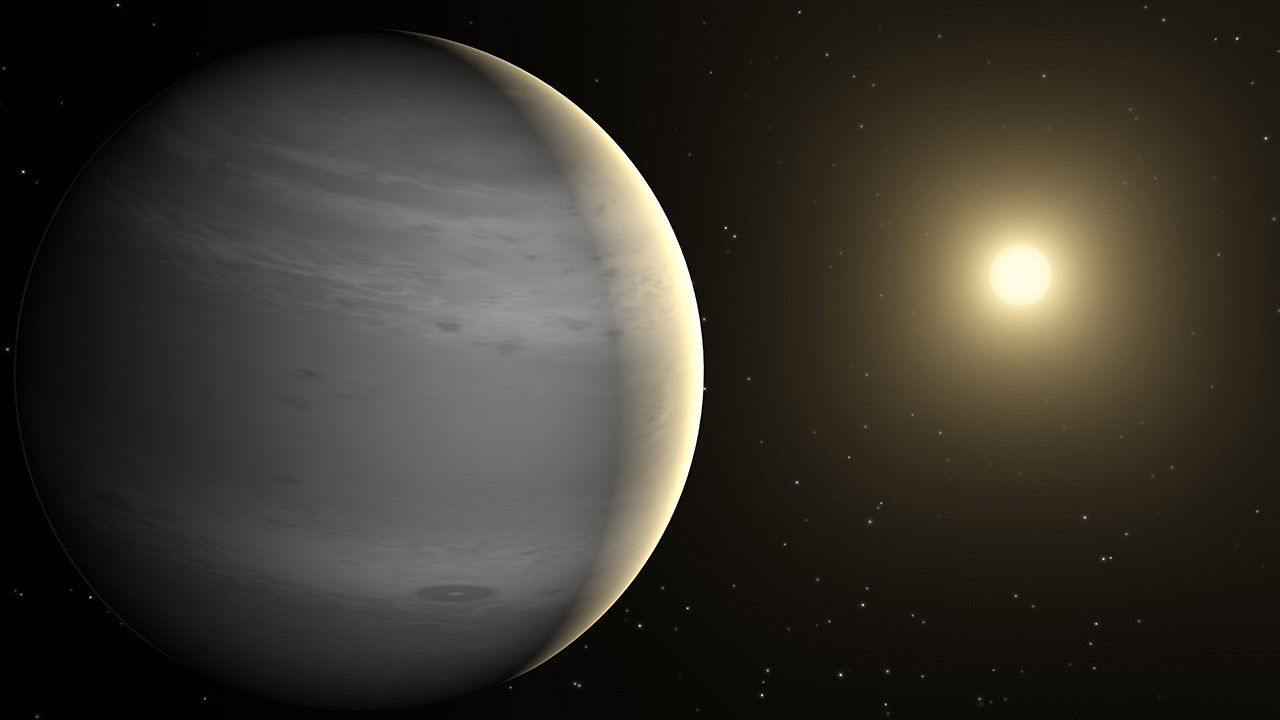Tracing the Evolution of Matter from Dying Stars to the Solar System: A Laboratory Astrophysics Journey into Aromatics
Le 28 novembre 2025, Christine Joblin & Hassan Sabbah, 10h45 à 12h45, Salle Jules Verne, OMP, site Belin
Summary: With the groundbreaking infrared capabilities of the James Webb Space Telescope, we can now observe the emission from polycyclic aromatic hydrocarbons (PAHs) with unprecedented precision in star- and planet-forming regions. In parallel, sample return missions are providing access to pristine solar system material, offering direct insight into organic compounds potentially linked to early cosmic processes. In this seminar, we will show how this information can be fully exploited using dedicated laboratory experiments to understand how PAHs and related molecules (e.g., C₆₀ fullerene) form and evolve under ultraviolet irradiation from stars. This laboratory astrophysics approach is transforming our understanding of the carbon cycle—from its origins in evolved stars to its role in shaping planetary systems like our own.






